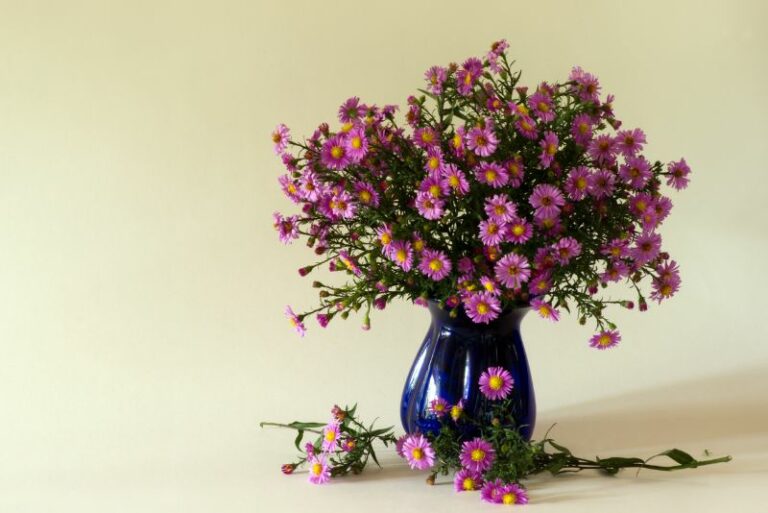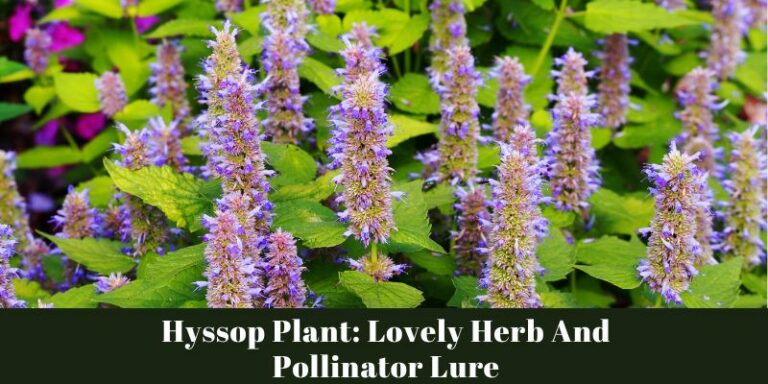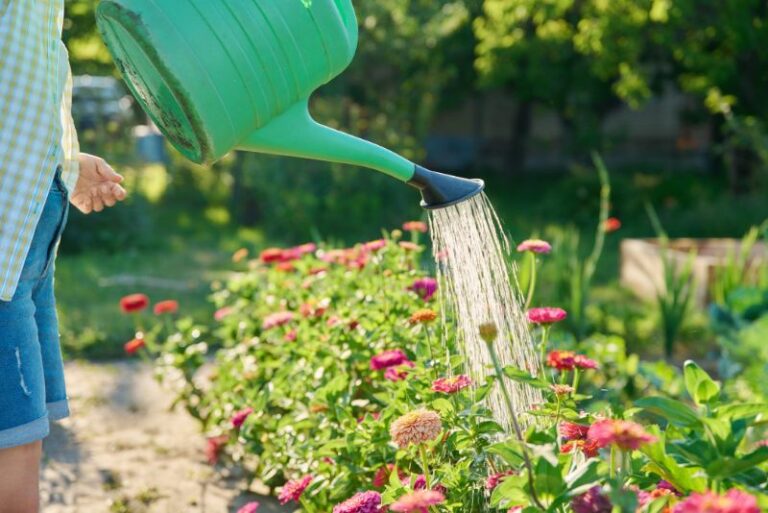Begonia Care in Winter: A Guide for Gardening Enthusiasts
When the first whispers of winter dance through the garden, it’s time to think about the treasures you’ve nurtured all summer long. Among these delicate flowers stands the begonia, a plant beloved for the vibrance it brings to any space. As the mercury drops, many gardeners face the dilemma of how to keep their begonias thriving against the seasonal chill. Fortunately, a well-planned strategy is the key to ensuring these beauties continue to dazzle even during the coldest months.
In this comprehensive guide, we will explore how to overwinter begonias in cold climates — from preparatory steps to tailored care and the rewarding moment when spring heralds their return. Whether you’re a seasoned gardener or new to the joys of begonia care, you’ll find helpful insights to carry you through the winter months.
Understanding Begonias

Begonias are a diverse group of plants, known for their ornamental leaves and vibrant flowers. Their adaptability allows for a wide distribution of species across varying climates, including some that are surprisingly cold-hardy. To effectively overwinter begonias, it is crucial to understand the types you are working with.
Types of Begonias Suitable for Wintering
Selecting winter-hardy begonias is a foundational step toward successful overwintering. Fibrous-rooted and tuberous begonias, particularly Begonia grandis and Begonia x semperflorens-cultorum, have demonstrated resilience to colder conditions, making them ideal candidates for winter care. Conversely, the whimsical Dragon Wing and Angel Wing begonias, while beautiful, may require more meticulous protective measures.
Ideal Growing Conditions
Begonias thrive in environments with indirect light, consistent humidity, and well-draining soil. For overwintering, finding a location that remains cool but above freezing is essential. A greenhouse, an unheated sunroom, or even a garage with windows can provide the right balance of light and temperature.
Preparing Begonias for Winter
The path to overwintering success begins with thorough preparation. Taking these steps prior to the onset of winter sets the stage for healthy plants during the colder months.
Pruning and Trimming Tips
Before bringing begonias indoors, it’s beneficial to gently prune them, removing any leggy growth or damaged foliage. A common strategy is to cut back up to one-third of the plant, creating a shape that encourages new and more compact growth over the winter. Pruned material can be propagated, resulting in new begonia plants and an extended bloom in the warmer months.
Adjusting Watering and Light Exposure
Reducing water and fertilization in late fall signals to the plants that it’s time to slow down growth. This step is essential in avoiding rot and other moisture-related issues. Light exposure should gradually be decreased as well to acclimate begonias to lower light conditions they’ll experience indoors.
Overwintering Techniques
The question of where to overwinter begonias is a critical one and largely depends on the space available and the local climate. Here are popular strategies for both indoor and outdoor overwintering.
Indoor vs. Outdoor Overwintering Options
If you have a suitable indoor space, this is often the safest choice for overwintering begonias, as it offers protection against drastic temperature fluctuations. For the gardener without adequate indoor room, outdoor techniques, such as heavy mulching in hardiness zones where begonias can survive mild frosts, can be effective.
Protective Measures Against Frost and Cold Snaps
For those who opt to keep their begonias outdoors, providing a layer of insulating mulch or a protective cover can help buffer plants against freezing temperatures and high winds. Lightweight materials like pine straw or shredded leaves are preferable to heavy materials like soil, which can hinder plant respiration.
Monitoring Plant Health
Winter presents unique challenges to plant health, and begonias are no exception. Vigilance and a keen eye for signs of stress are essential to catching and addressing issues promptly.
Common Winter Issues and Solutions
Begonias overwintering indoors may be susceptible to common houseplant pests like spider mites and aphids. Establishing a regular inspection routine and using natural remedies can help manage infestations. Additionally, maintaining proper air circulation and avoiding overwatering can prevent fungal diseases that are more likely to occur in stagnant, damp conditions.
Signs of Stress and How to Address Them
Monitor begonias for signs of stress such as wilting, yellowing, or dropping leaves. These can be indicative of various issues, from underwatering to insufficient light. Adjusting care accordingly, such as providing more or less water, or relocating the plants to a sunnier window, can often remedy the problem.
Conclusion: The Joy of Overwintering
The decision to overwinter begonias is one that requires planning and dedication, but the rewards are bountiful. As you tend to your plants through the winter, the moments of their flourishing new growth will bring joy and satisfaction, knowing that your efforts have kept a piece of summer alive. Remember, each wintering season is a learning experience that refines your skills as a gardener. With each adjustment and intervention, you grow closer to a foolproof overwintering technique that will safeguard your begonias for years to come.






